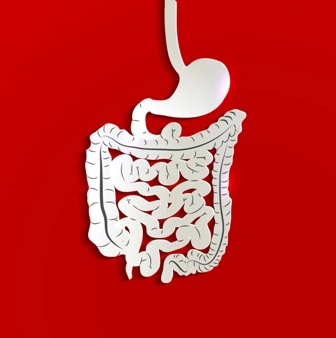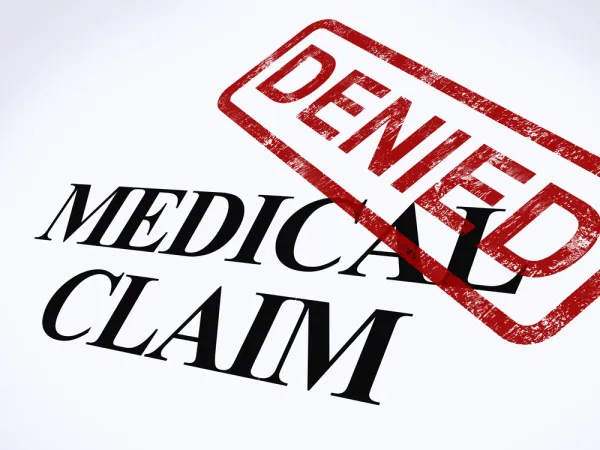Gastroenterology Coding Alert
Confirm 'Established Plan of Care' to Avoid Rejection of NPP Services Billing
Definition of new condition is crucial to distinguish incident-to services.
If your gastroenterology practice, like many, is employing non-physician practitioners (NPPs) or mid-level providers (MLPs), such as physician assistants (PAs) or certified registered nurse practitioners (CRNPs) to increase the number of patients you can see while lessening the burden on your physicians, you know that billing for the NPP’s services can be tricky. If you’re not correctly identifying the patient’s problem as new or previously established, you could be mistakenly billing encounters incident-to the physician to those payers who follow Medicare guidelines.
One reader posed a question to our experts about the key phrase “new medical condition” in the CMS incident-to billing guidelines. Read on to see our experts’ advice to ensure your practice is on the right track.
Review the Question
Reader, Sherry McCain, billing representative with Denver West Pediatrics in Colorado, wrote in to ask: “Our office is in desperate need of clarification on incident-to. We need understanding for the following: ‘The physician should establish the care plan for the new patient to the practice or any established patient with a new medical condition. NPPs may implement the established plan of care.’ What does ‘new medical condition’ mean?”
Start with the Basics
The guideline above, from CMS, means that an NPP in your practice cannot see a patient with a new problem and bill incident-to under the physician’s national provider identifier (NPI) for 100 percent payment. Incident-to only applies when the NPP is seeing a patient for a problem for which the physician has already established a plan of care.
Remember: If the NPP’s scope of practice and state laws allow, the NPP can see a patient for a new problem and bill directly under her own NPI for 85 percent reimbursement.
For example, if a patient visits your office with ulcerative colitis and the gastroenterologist sees the patient about the condition when it is new (first diagnosed) and establishes a plan of care, the patient can then see the NPP in follow-up and the office can bill the encounter incident to the physician for 100 percent payment (assuming all other criteria for incident to billing are met). However, if the NPP sees the patient for ulcer when it is new and the physician has never seen the patient for it and established a plan of care, it doesn’t meet incident-to requirements.
“Additionally, if the plan of care includes situations that if this happens we’ll try that, then those too can be considered part of the treatment course and be billed incident-to when the physician is in the suite,” explains Suzan (Berman) Hauptman, MPM, CPC, CEMC, CEDC, director of PB Central Coding at Allegheny Health Network in Pittsburgh, Pa.
Payer differences: “One of the things we all need to keep in mind is that ‘incident-to’ is a Medicare payment coverage benefit,” says Jean Acevedo, LHRM, CPC, CHC, CENTC, president and senior consultant with Acevedo Consulting Incorporated in Delray Beach, Fla. “Not all payers honor the concept.”
Examine “Condition’ vs. ‘Problem’
To get to the bottom of the reader’s question we must dig deeper. McCain continues, by asking: “Is there a difference between a medical condition and a problem? For example, when a patient comes in for GERD medicine adjustment or for bleeding stools. Is this considered a problem/condition and can this be billed as incident-to if the requirements are met?”
In the CMS incident-to guidelines, there is no distinction between a medical “condition” and a “problem,” Acevedo explains. “If you think about what ‘incident to’ actually means, that the services are incidental to the physician’s services, it may make more sense as to what the circumstances must be to bill an NPP’s services under the name/NPI of a physician.”
Define ‘New’ Problem
The final piece of the puzzle is what actually qualifies as a new problem. “Is there a distinction between chronic conditions such as GERD and acute conditions like a hemorrhoid? What about when patients are seen repeatedly for GERD treatment? When are those considered new problems? Or are they?” asks McCain.
Chronic problems: For patients with chronic problems, you can bill incident-to if the NPP is seeing the patient to follow through on the treatment plan and she is not making any significant changes to that plan. The physician must have already seen the patient for the chronic condition and set up the plan of care.
Acute problems: For patients coming in with an acute problem, if the NPP sees the patient for that acute condition, the encounter doesn’t qualify for incident-to billing. “If the NPP sees the patient for the acute condition, by their very nature, treatment of these acute conditions are not incident-to a physician’s service,” Acevedo explains.
Recurrent conditions: If providers in your practice are seeing a patient repeatedly for acute recurrent conditions, such as abdominal pain, whether or not an NPP’s visit for the patient who comes in again with the same acute recurrent problem qualifies as incident-to will depend on the particular circumstances. “It may meet the criteria if there is a formal standing order outlining the steps or changes in treatment the NPP is to follow based on defined criteria,” Acevedo says. “If, however, the NPP sees a patient, say, for the third stomach infection visit months after a prior visit and she orders different tests, and switches medical therapy on her own, the services are not incident to.”
“In most cases a patient seen by the practice in the past means the NPP is going to get paid at 100 percent when an established visit code is used even if there is a new aspect to the visit because the computers won’t recognize the claim as new,” says Michael Weinstein, MD, Vice President of Capital Digestive Care.
Related Articles
Gastroenterology Coding Alert
- Cancer Screening:
Cross Out 4 Checklist Items to Claim Colorectal Cancer Screening Payment
Look out for screening tests that are not covered for payment. Billing colorectal cancer screenings [...] - Part B Payment:
Check How CMS Final Payment Rules Affect Your Practice in 2016
Here’s why you should prepare for deeper pay cuts. CMS released its Final Rule on [...] - Billing Corner:
Confirm 'Established Plan of Care' to Avoid Rejection of NPP Services Billing
Definition of new condition is crucial to distinguish incident-to services. If your gastroenterology practice, like [...] - You Be the Coder:
Formalin Infusion During Sigmoidoscopy May Justify Prolonged Services Codes
Question: A gastroenterologist in our practice recently treated a patient with a diagnosis of proctitis [...] - Reader Question:
Reporting Dilation With Stent placement is a Strict No No
Question: Our GI recently performed the following procedure. How should I code it? Procedure: Upper [...] - Reader Question:
Stagger the Diagnosis Codes Carefully When Reporting Screening + Treatment
Question: While performing a screening colonoscopy, our GI found polyps and treated them. His notes [...]




